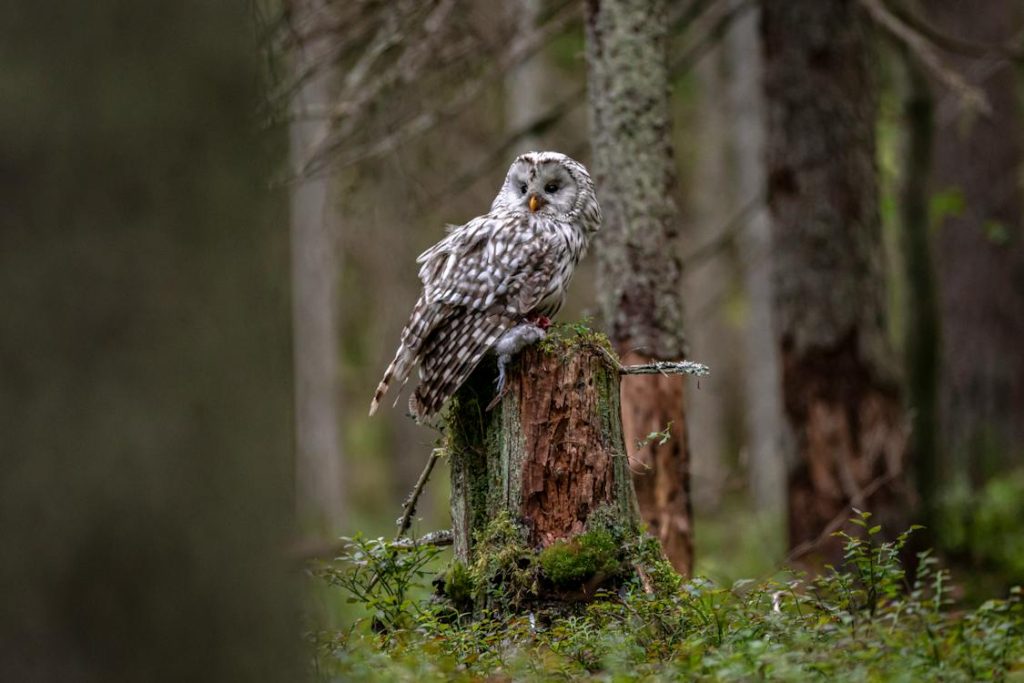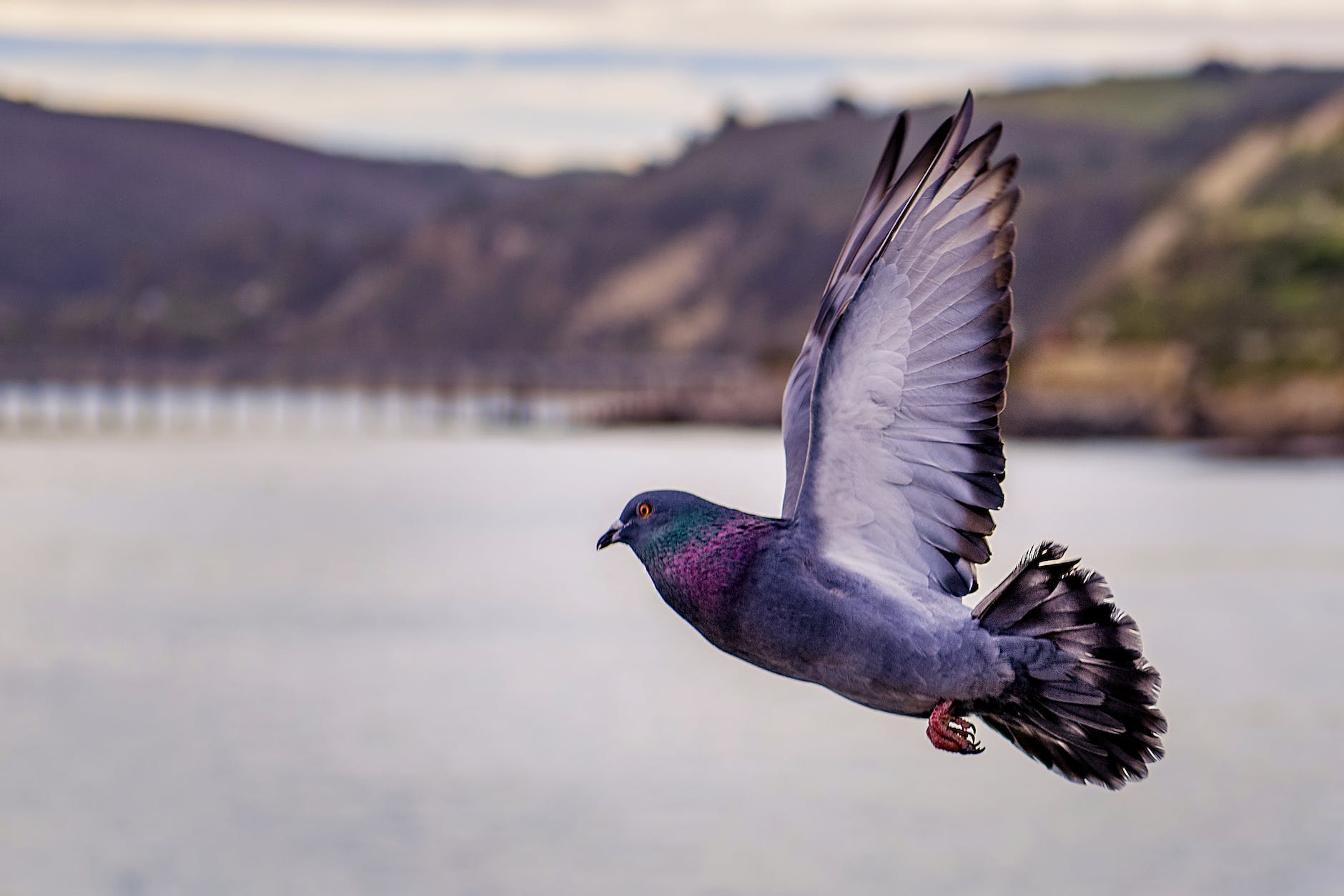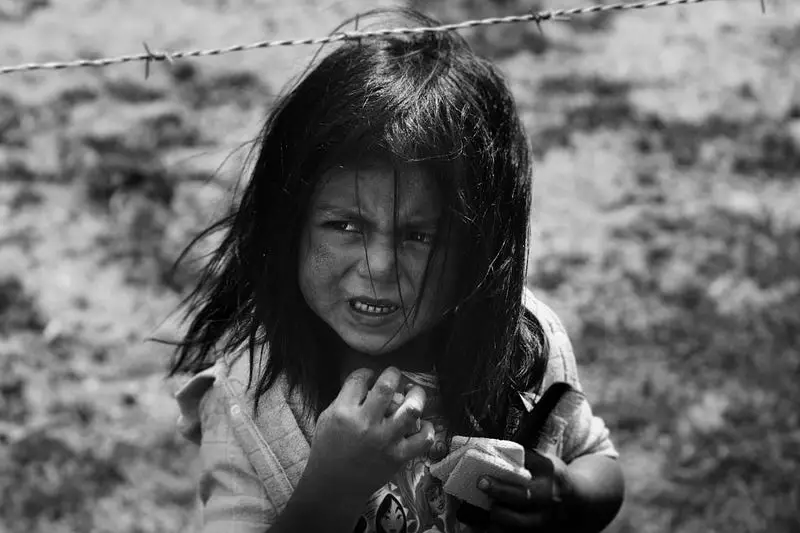From the Period of exploration, where birds like albatrosses directed mariners to new shores, to the complicated portrayals of birds in art and literature, they have made permanent imprints on mankind. Besides the fact that birds filled in as have navigational guides and imaginative dreams, however they additionally hold natural importance as marks of ecological well being, provoking fundamental protection.
Certain bird species, similar to the passenger pigeon, have played significant roles in forming historical occasions and bringing issues to light about the human effect on the climate. Birdwatching, an immortal practice, offers a window into the past, interfacing current fans with the investigations and perceptions of naturalists and ornithologists of gone years.
As we discuss the captivating accounts of bird species, we reveal the unpredictable strings that wind around together the historical backdrop of humankind and the avian world, helping us to remember the getting through connection among individuals and birds all through the ages.
Birds as Ancient Symbols
Birds have always been special to people. Since the beginning of time, they have been seen as symbols of things like freedom, peace, and wisdom. In many cultures, birds are also thought to be messengers from the gods.
1. Egypt’s Love for the Falcon

In ancient Egypt, the falcon, particularly the peregrine falcon and the kestrel, held a special place in the hearts and minds of its people. It was revered as a symbol of the sky god, Horus, and took on multiple dimensions of meaning as mentioned below.
Symbol of Kingship: The falcon was seen as a representation of Pharaohs and their divine right to rule. The gods were believed to watch over the land through the keen eyes of falcons.
Protector of Souls: It was also associated with the afterlife, symbolizing the journey of the soul to the heavens. Amulets featuring falcons were commonly placed with the deceased.
Influence on Art and Architecture: Falcon imagery adorned temples, tombs, and hieroglyphics, emphasizing its pervasive influence on Egyptian culture and architecture.
2. The Wisdom of Athena’s Owl

The owl was the sacred bird of Athena, the goddess of wisdom and warfare in Greek culture. This wise creature embodied the attributes of its divine guardian:
Wisdom and Philosophy: Owls were considered messengers of knowledge and intellectual insight, and they represented the virtues of wisdom and learning in Greek philosophy.
Night Vision: The owl’s ability to see in the dark contributed to its association with foresight and the unseen truths of the world.
Cultural Legacy: The owl’s image can be found in various Greek texts, coins, and art, serving as a lasting symbol of wisdom and intellectual pursuit.
3. Native American Connection with the Eagle

In Native American cultures, the eagle held a position of utmost significance, symbolizing power, freedom, and spiritual connection:
Strength and Courage: The eagle’s soaring flight and majestic presence symbolized strength and courage. It represented the ability to overcome challenges and adversity.
Spiritual Significance: Eagles were seen as intermediaries between the earthly and spiritual worlds, often used in tribal ceremonies and as a means of communicating with the divine.
Cultural Preservation: The eagle remains a vital symbol in contemporary Native American culture, serving as a representation of cultural identity, pride, and heritage.
Ancient civilizations often associated birds with powerful symbols and meanings. They believed birds were messengers from the gods and could connect them to the mysteries of the universe. Birds were also seen as symbols of freedom, peace, and wisdom. These beliefs have influenced human culture and art for centuries.
Birds as Messengers

According to the history of medicine and articles narrated from nursing assignment help, birds have not only graced the skies with their beauty but have also been considered as intermediaries between the earthly and spiritual realms. Their behavior and presence have been seen as powerful omens, foretelling the future and carrying messages from the divine in various cultures worldwide.
1. Ancient Roman Augury
In ancient Rome, bird watching took on a different significance. Augurs, religious officials, observed the behavior and flight patterns of birds, known as “augury,” to interpret the will of the gods. Specific birds and their actions were believed to hold divinatory meanings:
Direction of Flight: The direction in which birds flew, their calls, and their interactions with one another were all seen as signs that could predict important events or guide decisions in state matters.
Sacred Birds: Particular bird species, such as eagles, vultures, and owls, were considered sacred and held special significance in augury.
Cultural Impact: The practice of augury influenced political decisions and even military campaigns, demonstrating the profound impact of birds on Roman society.
2. Norse Ravens and Odin’s Messengers
In Norse mythology, ravens, particularly Huginn and Muninn, were revered as the companions of Odin, the Allfather. These intelligent birds played the role of messengers, bringing Odin vital information from the world:
Wisdom and Knowledge: Huginn and Muninn represented thought and memory, respectively, and were instrumental in helping Odin make informed decisions.
World Explorers: These ravens were believed to travel the world each day, returning to Odin with knowledge of the events taking place in the mortal realm, serving as both scouts and messengers.
Symbolism in Viking Culture: The connection between ravens and Odin extended to Viking culture, where these birds were seen as symbols of strength, protection, and wisdom.
Historical Explorations and Discoveries
Birds have been integral to historical explorations and discoveries, serving as navigational aids and heralds of uncharted lands. During the Age of Exploration, sailors embarked on perilous journeys across vast oceans, often without the aid of modern technology.
In this era, birds, particularly the albatross, emerged as indispensable companions to mariners. Albatrosses, with their immense wingspans, were known to venture far out to sea but would invariably return to land. This behavior became a signpost for sailors, indicating the proximity of uncharted shores.
The sight of these majestic birds circling a ship was met with hope and excitement, as it meant that land was not far off. The discovery of new lands, islands, and coastlines was frequently heralded by the sighting of unfamiliar bird species, marking the intersection of human exploration and avian guidance.
Birds in Art and Literature
From the earliest human civilizations, birds have been a source of fascination and inspiration. From their depictions in prehistoric cave paintings to the detailed illustrations in medieval manuscripts, birds have always captured our imaginations.
In the 19th century, John James Audubon, an ornithologist and artist, created a groundbreaking series of illustrations called “The Birds of America.” His detailed and lifelike depictions of North American bird species are still considered to be iconic representations of avian beauty and diversity.
Birds are often used as metaphors and symbols in literature, representing a wide range of human emotions and experiences. For example, in Maya Angelou’s “I Know Why the Caged Bird Sings,” the caged bird symbolizes the oppression and longing for freedom of African Americans. In Edgar Allan Poe’s “The Raven,” the raven symbolizes death and despair.
Birds have continued to inspire and captivate us for centuries, and their presence in art and literature is a testament to their enduring fascination.
Conservation and Ecological Significance:
Along with their cultural significance, birds are of vital ecological importance as well. They act as fundamental signs of natural wellbeing, mirroring the general state of biological systems. Ornithologists and scientists use bird populations to check the condition of living spaces, as changes in bird numbers and conduct can flag shifts in the climate.
Perceiving the natural meaning of birds has provoked broad protection endeavors around the world. Preservationists work continuously to secure and safeguard bird species, pointing not exclusively to keep up with biodiversity yet additionally to guarantee the equilibrium and soundness of environments.
Bird sanctuaries, habitat restoration projects, and protection associations are committed to defending avian species and their environments, recognizing the perplexing trap of life where birds play a crucial part.
Bird Species That Shaped History
Certain bird species lastingly affect historical occasions. The passenger pigeon, once among the most plentiful bird species in North America, remains as a strong model.
These pigeons once shaped runs so tremendous that they could obscure the sky for quite a long time as they elapsed above. Unfortunately, their gigantic numbers prompted their mass hunting, fundamentally for food and game, in the nineteenth and mid twentieth centuries.
This unregulated and unreasonable double-dealing brought about the primary recorded eradication of a North American bird species, denoting a solemn section in ecological history.
The story of the passenger pigeon fills in as a preventative sign of the outcomes of human activities on untamed life and the climate, catalyzing early preservation endeavors and featuring the requirement for mindful stewardship of Earth’s normal assets.
The Historical Tapestry of Birds In Conclusion
Having so many bird species in the world is not just a reflection of nature’s beauty and diversity; but it is a historical tapestry linked with human culture, exploration, and nature.
By understanding the historical roles of birds in our world, we can foster a deeper appreciation for these avian wonders and the responsibility to conserve them for future generations.
Exploring the rich historical tapestry of bird species is a journey that connects us with the past and inspires us to protect the natural world they inhabit.

Claudia Jeffrey is a skilled editor at Crowd Writer, who has a passion for words and an ability to improve prose. She has a keen eye to detail and is committed to enhance written content. Claudia also brings her expertise to make sure first-class editing, ensuring clarity and impact in every piece.





